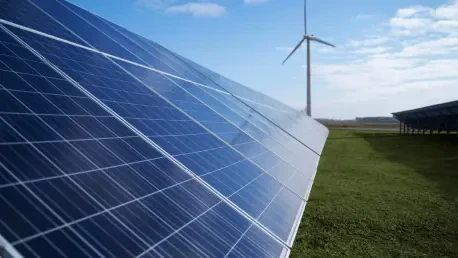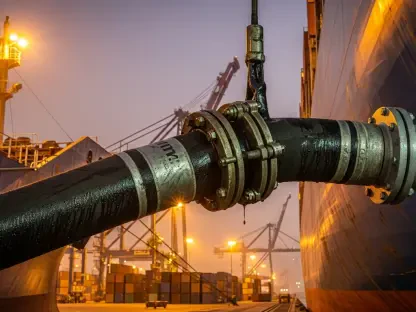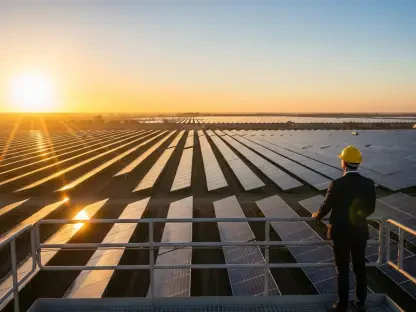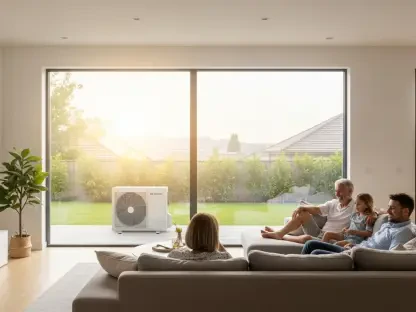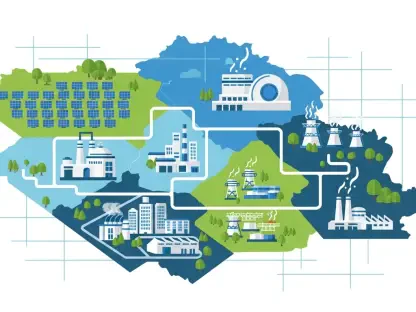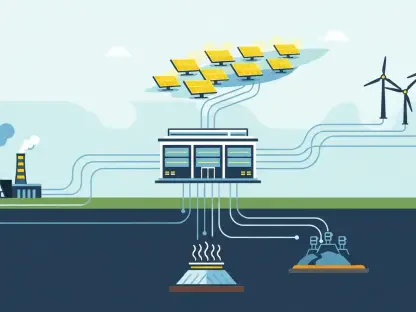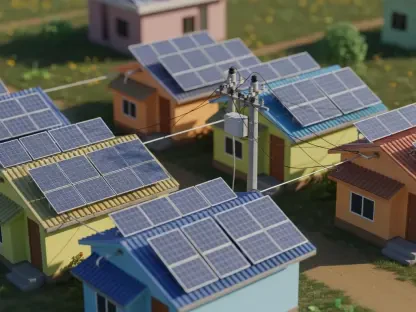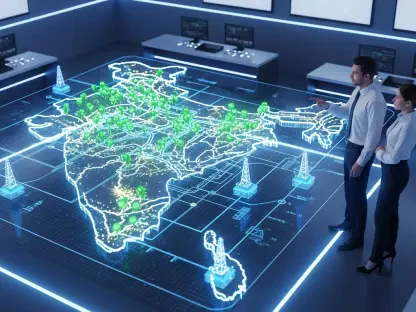I’m thrilled to sit down with Christopher Hailstone, a seasoned expert in energy management and renewable energy systems. With his deep knowledge of electricity delivery and grid reliability, Christopher offers invaluable insights into the often-unseen infrastructure that powers our transition to greener energy. Today, we’ll dive into the critical role of engineered power and control buildings, exploring how they bridge renewable sources like wind and solar to the electrical grid, the unique functions of different building types, and the challenges of designing and deploying these complex systems in remote locations.
Can you explain what engineered power and control buildings are and why they’re so vital for renewable energy projects?
Absolutely, Ava. Engineered power and control buildings, or P&C buildings, are specialized structures that act as the nerve centers for renewable energy installations. They house the equipment needed to collect, manage, and deliver power from sources like wind turbines or solar panels to the electrical grid. Their importance lies in their ability to ensure that the energy generated is stable, synchronized, and safe for grid integration. Without them, the raw power from renewables couldn’t be effectively harnessed or distributed. They’re often overlooked because they’re behind-the-scenes infrastructure, but they’re absolutely critical to making clean energy a reality.
What specific role do collector buildings play in managing power from renewable sources?
Collector buildings are the first step in the power aggregation process. They’re strategically placed throughout a renewable energy site to gather electricity from individual sources—think dozens of wind turbines or solar panels. Inside, switchgear consolidates these multiple power streams into a single output feeder. It’s like a funnel, streamlining scattered energy into a unified flow that can be managed further down the line. Their role is foundational because without this initial collection, you’d have no way to organize the energy for grid connection.
How about point-of-interconnect buildings? Can you describe their purpose in the renewable energy setup?
Point-of-interconnect, or POI, buildings are the next critical piece. They take the consolidated power from collector buildings—often multiple streams if it’s a large site—and prepare it for connection to the utility grid. Their main job is to synchronize these power streams, ensuring the voltage, frequency, and phase match the grid’s requirements. Beyond that, they host advanced systems for monitoring and protection, making sure the energy is delivered safely and reliably. They’re essentially the gatekeepers between a renewable site and the broader electrical network.
Speaking of advanced systems, can you break down what SCADA systems are and why they’re so important in POI buildings?
Sure, SCADA stands for Supervisory Control and Data Acquisition. These systems are like the eyes and ears of a POI building. They provide real-time data on power generation and transmission, allowing utilities to monitor everything happening at the site remotely. This visibility lets operators adjust settings, spot issues, and manage the flow of electricity instantly. SCADA is crucial for reliability because it helps prevent overloads or disruptions by keeping everything in balance, ensuring the grid gets a steady supply of renewable power.
Another key component in POI buildings is protective relay systems. Can you explain how those work to safeguard the setup?
Protective relay systems are essentially the safety net of a renewable energy installation. They’re designed to detect abnormal conditions—like a sudden spike in current, a fault in the system, or equipment failure—whether it’s upstream at the renewable source or downstream toward the grid. When they sense something’s off, they trigger failsafe actions, such as isolating faulty equipment or shutting down parts of the system to prevent damage. This minimizes downtime and protects expensive infrastructure, keeping the whole operation running smoothly and safely.
I understand ownership of these buildings can differ. Can you clarify who typically owns collector versus POI buildings and why?
That’s an interesting aspect. Collector buildings are usually owned by the site developer because they’re closely tied to the specific renewable installation—whether it’s a solar farm or wind project. Developers need control over how power is gathered from their assets. On the other hand, POI buildings often transfer to utility ownership after they’re installed and commissioned. This is because they directly interface with the grid, and utilities have the expertise and responsibility to manage that connection, ensuring it meets their strict standards for safety and reliability.
Designing and building P&C structures sounds quite complex. What are some of the biggest challenges in this process?
It’s definitely a complicated endeavor. One major challenge is meeting the stringent utility-grade standards—these buildings have to be engineered precisely for their specific application, with all equipment integrated seamlessly. Another hurdle is ensuring long-term reliability; the infrastructure often needs to last 30 years or more to match the lifespan of renewable projects. Then there’s the logistical nightmare of transporting these large, heavy structures to remote locations where wind and solar farms are often built. Every shipment is a puzzle, requiring careful planning to avoid delays or damage. Finally, protecting these buildings in harsh, isolated environments adds another layer of difficulty, as service and repairs can be costly and tough to coordinate.
Looking ahead, what is your forecast for the future of power and control buildings in the renewable energy landscape?
I’m optimistic, Ava. As renewable energy continues to grow, I think we’ll see even greater innovation in P&C buildings. We’re likely to witness advancements in modular designs that make them easier to transport and install, especially in remote areas. There’s also a big push toward smarter systems—think enhanced SCADA capabilities with AI integration for predictive maintenance and even better grid stability. Additionally, as grids become more decentralized with smaller, distributed energy projects, I expect P&C buildings to evolve into more compact, flexible solutions. The challenge will be balancing cost with performance, but I believe these structures will remain the backbone of our clean energy transition for decades to come.
